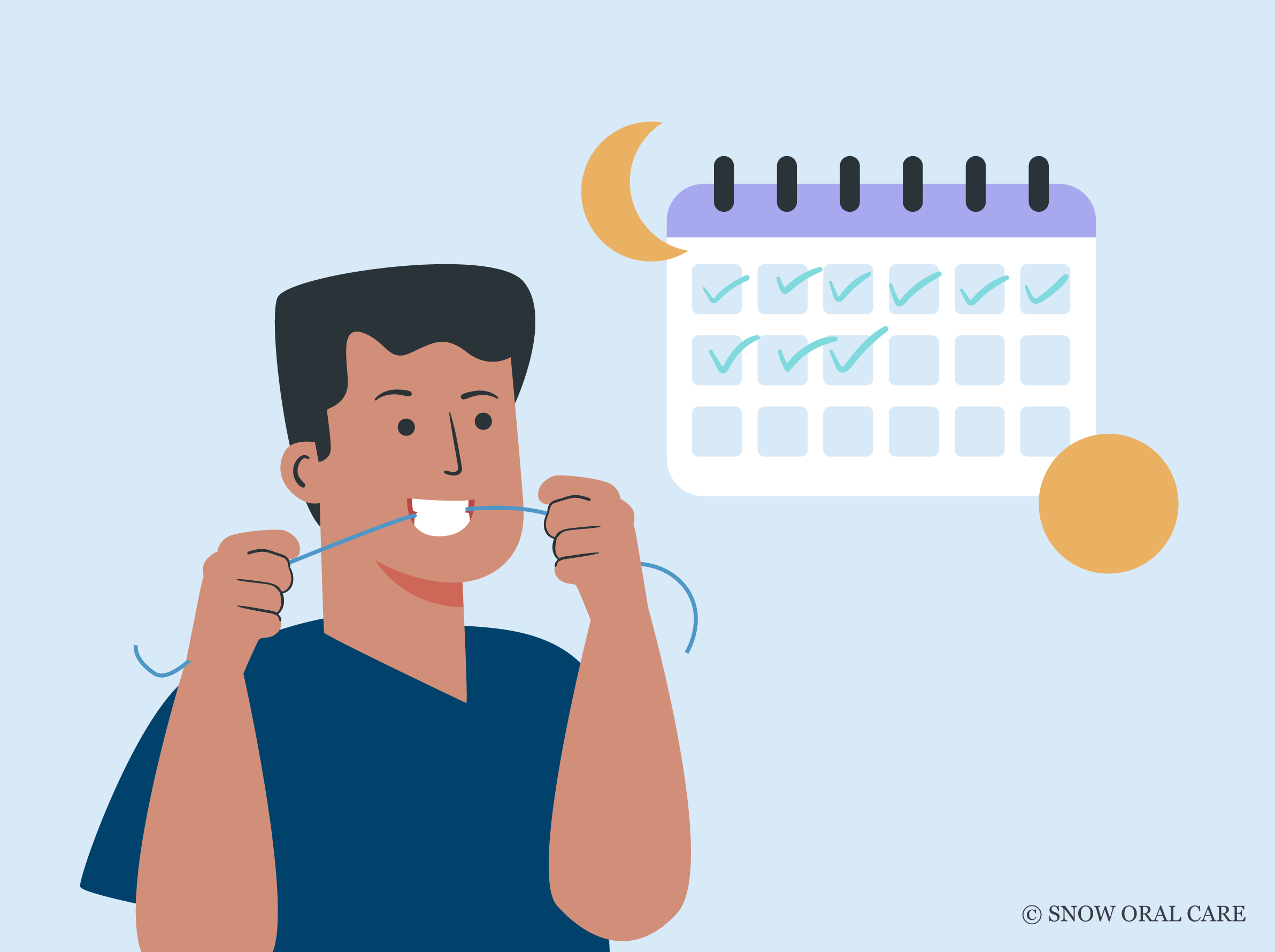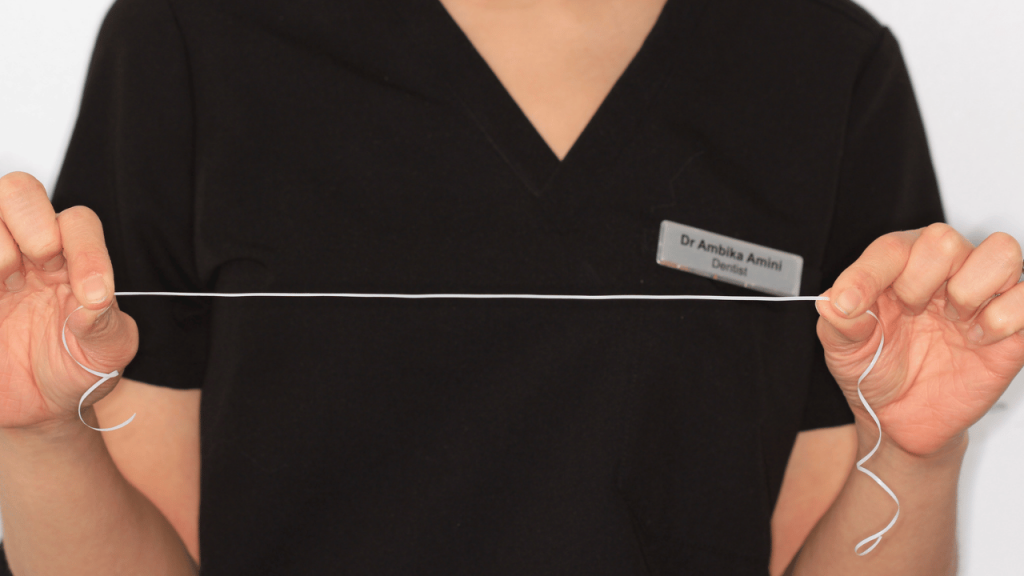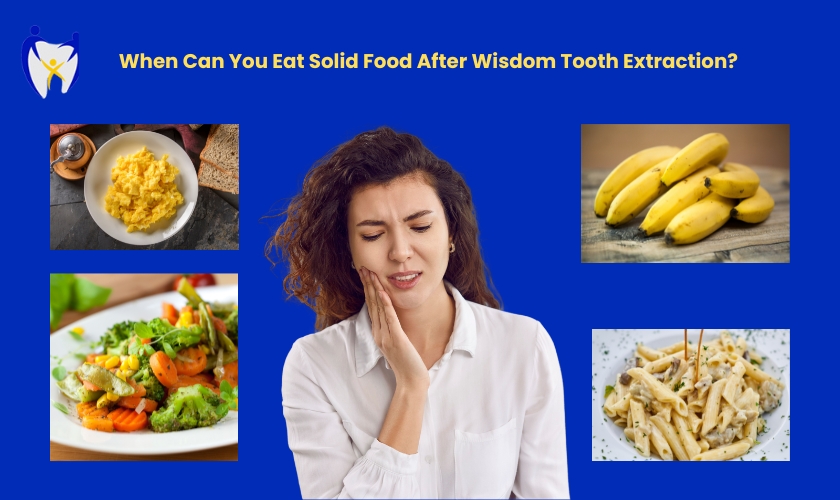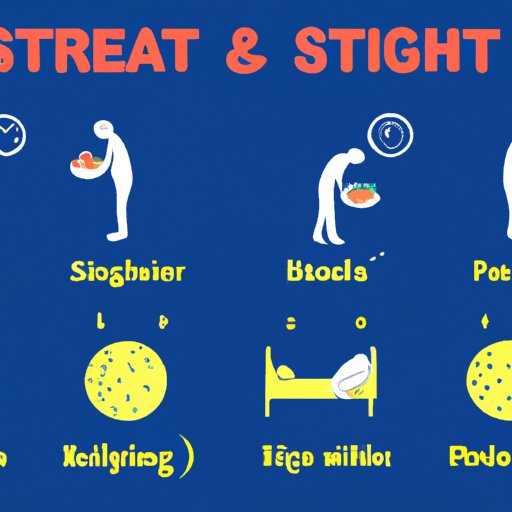How Long Should You Wait To Floss After Eating
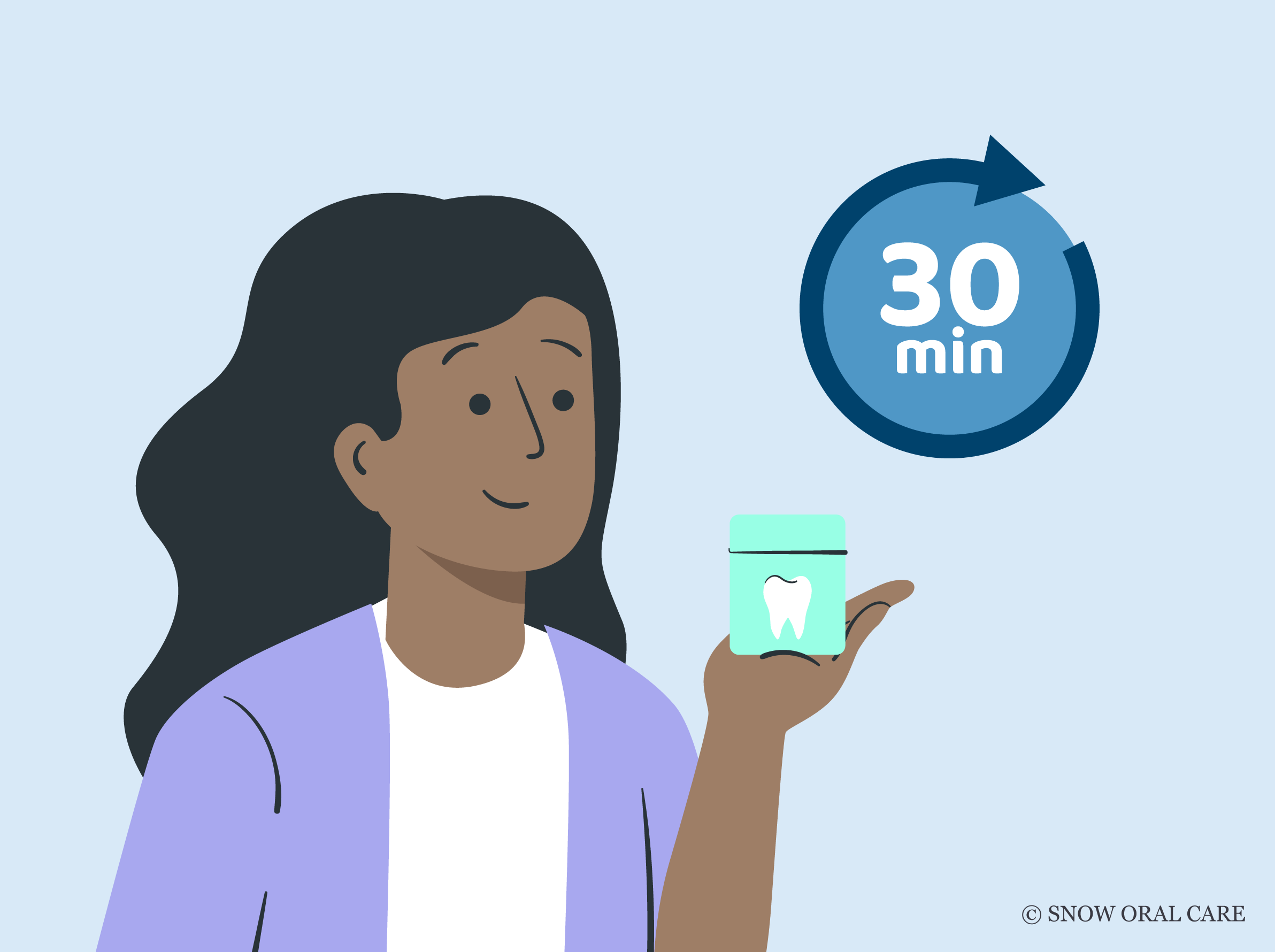
Urgent dental health update: A critical question plagues dental hygiene routines: How long should you wait to floss after eating? Conflicting advice can lead to ineffective practices, potentially harming your gums and teeth.
This article cuts through the confusion, providing evidence-based guidance on the optimal flossing timeframe to maximize oral health benefits and minimize potential damage.
The Immediate Post-Meal Dilemma
The immediate aftermath of a meal presents a unique challenge. Food particles, particularly sugars and acids, begin attacking tooth enamel almost instantly.
Flossing too aggressively immediately after eating, especially after consuming acidic foods, could potentially weaken already softened enamel, according to findings published in the Journal of the American Dental Association. This action can lead to increased sensitivity and erosion over time.
Therefore, dental professionals generally advise against immediate flossing following meals.
The 30-Minute Rule: Myth or Reality?
A common recommendation suggests waiting at least 30 minutes after eating before flossing. But where does this advice originate?
The 30-minute timeframe allows saliva to neutralize acids and remineralize enamel to some extent. This timeframe is based on the natural process of saliva buffering.
However, according to the American Dental Association (ADA), there isn't conclusive scientific evidence to definitively support the 30-minute rule as a strict guideline. The ADA emphasizes that consistent flossing, regardless of the precise timing, is the most crucial factor.
The Ideal Flossing Time: Consistency is Key
The consensus among dentists leans towards prioritizing regularity over strict timing. Dr. Emily Carter, a leading periodontist, states, "The most important thing is to floss at least once a day. Whether it's before or after eating, the benefits of removing plaque and food debris outweigh the potential risks of flossing too soon."
The key is to make flossing a consistent habit. Choose a time that fits seamlessly into your daily routine, whether it's in the morning, evening, or after a specific meal.
If you choose to floss after eating, waiting a short period to allow saliva to begin its neutralizing work is a sensible approach. However, don't let the perfect be the enemy of the good.
Flossing Technique: A Critical Component
Regardless of when you floss, proper technique is essential. Incorrect flossing can damage your gums and teeth, negating the benefits.
Use a gentle sawing motion to guide the floss between your teeth. Curve the floss into a "C" shape around each tooth, reaching just below the gumline without forcing it.
Use a fresh section of floss for each tooth to avoid spreading bacteria. The ADA provides detailed flossing instructions and videos on their website.
What About Acidic Foods?
Special consideration should be given to flossing after consuming highly acidic foods and beverages, such as citrus fruits, sodas, and vinegar-based dressings. These substances temporarily soften tooth enamel.
Waiting longer, perhaps closer to an hour, after consuming acidic items can be prudent. This longer interval gives saliva ample time to re-harden the enamel before flossing.
Rinsing your mouth with water after consuming acidic foods can also help neutralize the acids and protect your teeth.
Beyond Floss: Other Oral Hygiene Practices
Flossing is a crucial part of a comprehensive oral hygiene routine, but it's not the only element. Brushing twice a day with fluoride toothpaste is equally important.
Consider using an antimicrobial mouthwash to further reduce bacteria in your mouth. Regular dental checkups and cleanings are also essential for maintaining optimal oral health.
Interdental brushes are a great alternative to floss and a great supplement. Consult your dentist or dental hygienist to determine the best products and techniques for your individual needs.
Conclusion: Prioritize Consistency and Technique
While a definitive "perfect" time to floss after eating remains elusive, prioritizing consistency and proper technique are paramount. Daily flossing, coupled with regular brushing and dental visits, is the key to a healthy smile.
Consult with your dentist or dental hygienist for personalized recommendations based on your specific oral health needs and dietary habits. New research is always being conducted, so stay informed and adapt your routine accordingly.
Focus on establishing a consistent flossing habit and perfecting your technique to reap the full benefits of this essential oral hygiene practice.
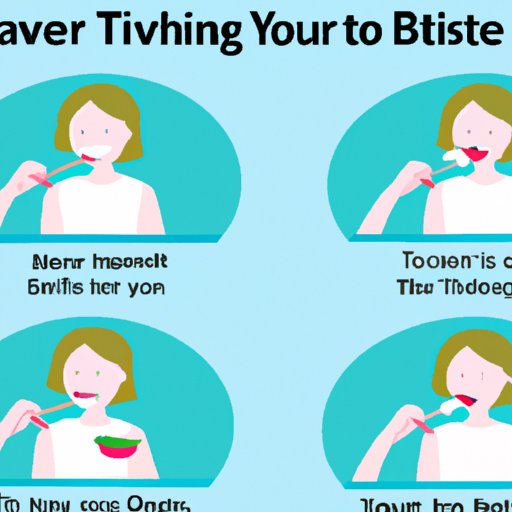
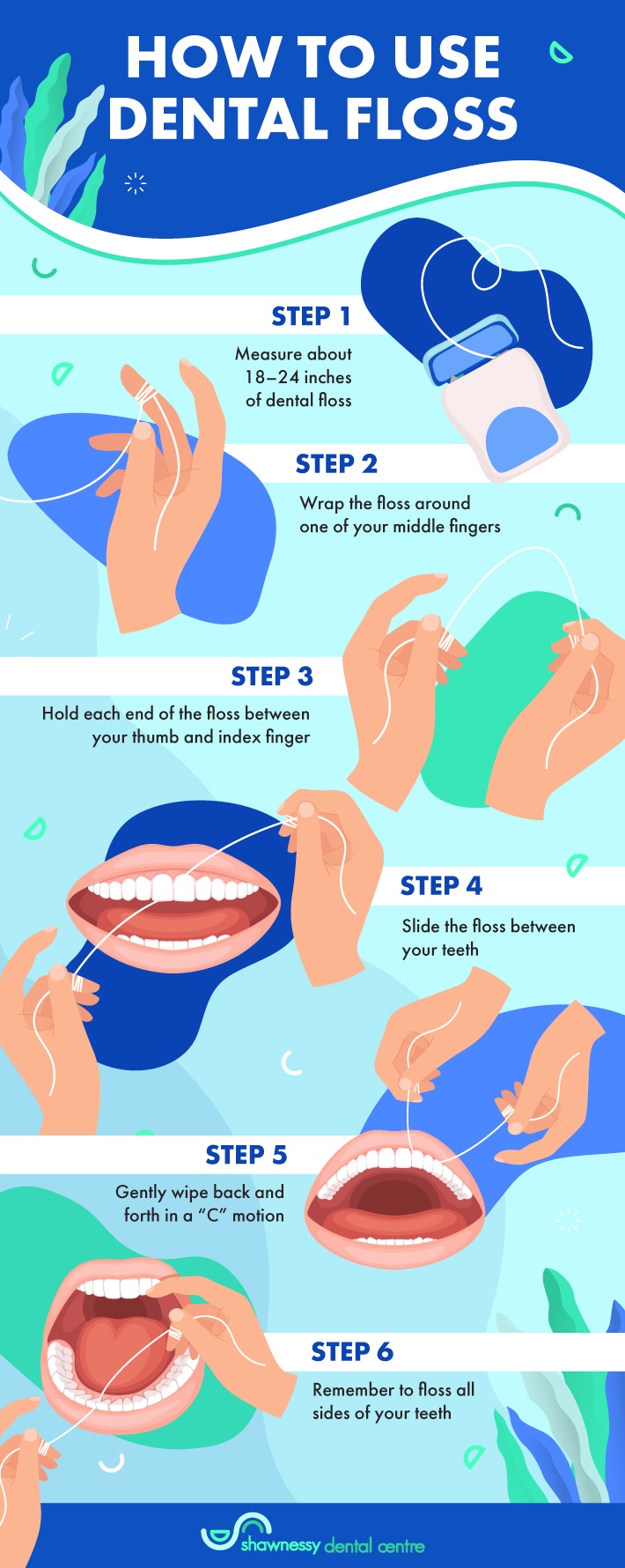
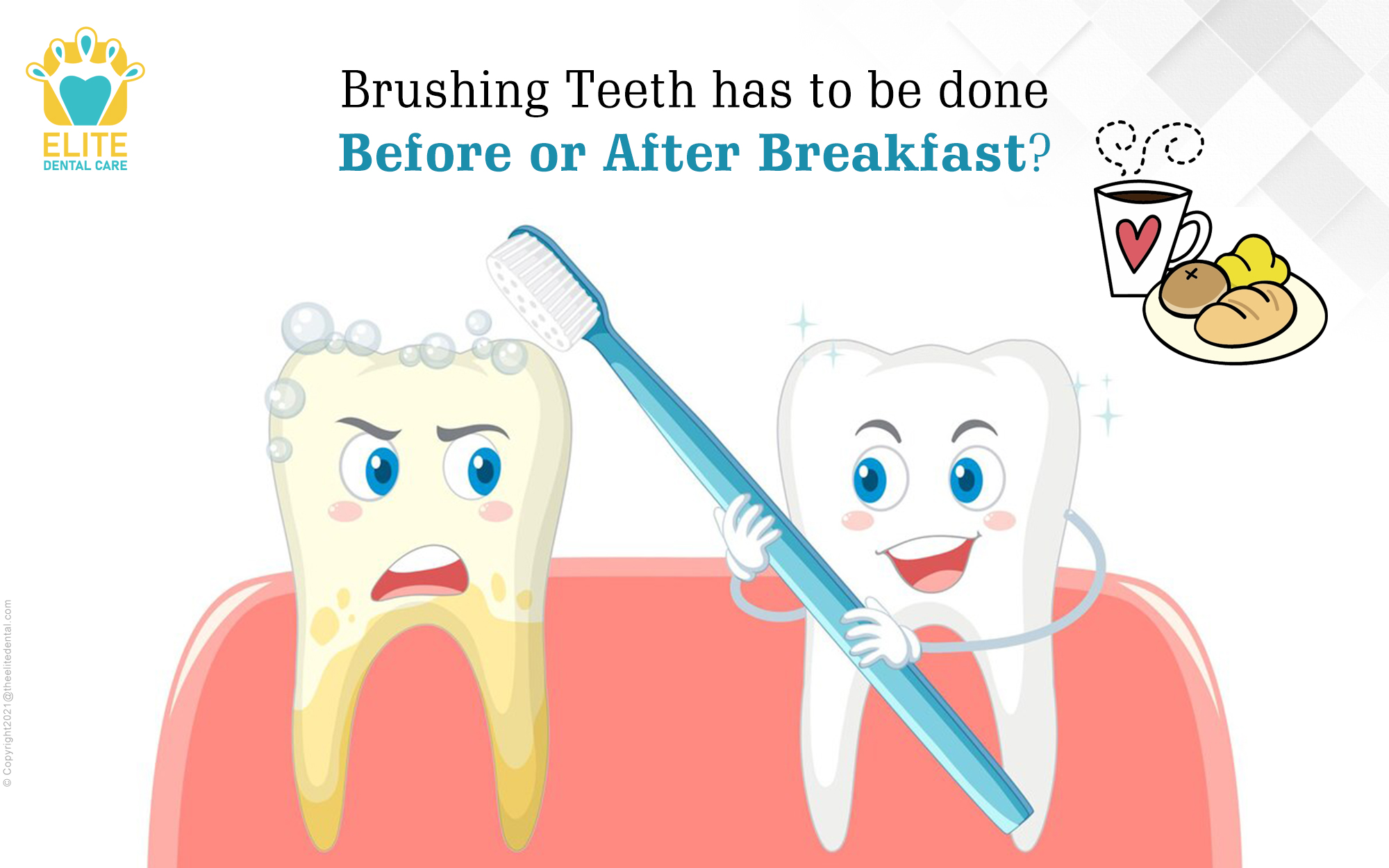
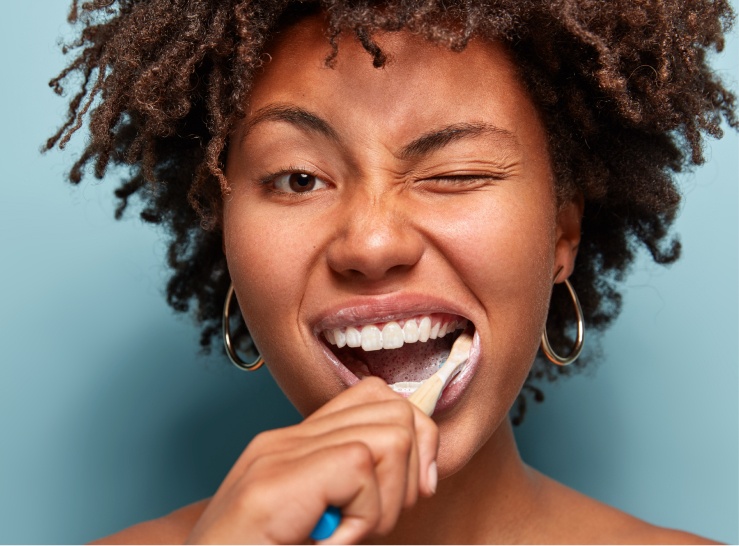

![How Long Should You Wait To Floss After Eating Should You Floss After Every Meal? [Answered!] — Burlington Dental Center](https://images.squarespace-cdn.com/content/v1/630e58819e8b096c257e891a/63d7fd04-2e76-411c-8116-26db6603898d/jl_at_ct_simple_photo_of_a_person_flossing_her_teeth_cf9b45ff-aac0-4cd7-98ce-a2788de21041.jpg)
